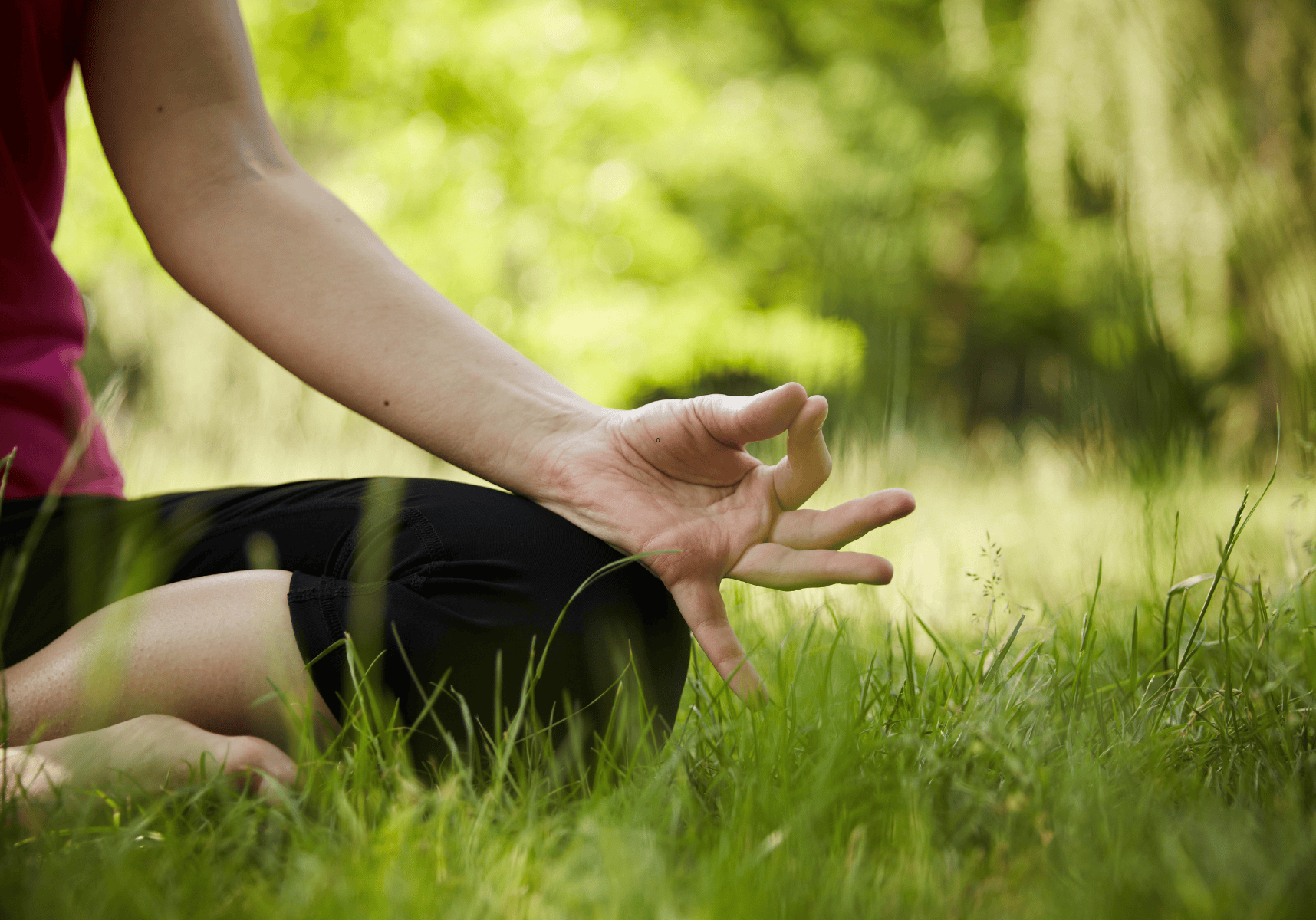
What is Yoga?
Understanding Yoga - By William Lopez
Reading time: 4 minutes
It is a question that often comes up when speaking to someone about Yoga: “what exactly is Yoga anyway?”
One thing I find most interesting about this question is that there are potentially as many answers as there are practitioners of this ancient practice. For some, Yoga is merely the stretching done before exercise. For others, there is no higher exercise and yet, for others still, they practice intensely without so much as ever setting a single palm to a mat*.
For me, I always say that the words Yoga and life are interchangeable. Due to a neurological disorder, the steps that comprise the practice of Yoga are also the very practices needed to best maintain my system, keeping my body functioning.
Thanks to Yoga, I regained the use of my arms, now manage my inflamed system and reduce my chronic pain to tolerable levels. Yet, I started realizing, as my practice continued, that far more was happening. My body became stronger, my mind more focused and calm seemed to become the norm.
As time went by, I realized Yoga is much more than some stretches on a mat or sitting to clear the mind of thoughts. It is a practice that serves as a guideline to a healthy and proper life.
Most of us are of course familiar with the poses of Yoga. Social media is inundated with yogis contorting themselves in various poses, but this is such a small part of what constitutes the practice. The poses, or Asanas, are in fact only one of the eight branches that make up Yoga. Its many poses were developed by the yogis of old out of necessity. A strong body is needed to meditate properly, so a system was developed to not only generate muscle, but energy as well.
This is one key area that differentiates Yoga between other exercises. Traditional exercise leaves the person tired after, whereas Yoga, when done properly, leaves the person feeling re-energized and full of vigor.
The Asanas, however, are not even the first steps in this practice, but the third. The first two limbs of Yoga are moral precepts serving as guidelines to not only lead an ethical life, but also to free the mind of hindrances to the practices of Yoga and living.
I’m sure many of us are aware of how difficult it is to accomplish anything when being burdened by our own thoughts. I have found no greater enemy than that of an uncontrolled mind. And the first steps to learning to control the mind is in our conduct. The first two limbs of Yoga help the aspirant by encouraging behavior that leaves the mind free of burdens.
The principles are simple and familiar.
Refrain from harming and stealing. Be mindful of what you say – words have a lot of power. Love your partner and remember that coveting helps no one. Practice contentment with what comes your way. Study materials that expand the mind and ask questions of yourself, such as, “who am I?”
These constitute the practice of the first two limbs of Yoga and help free the aspirant of mental burdens that get in the way of not only living, but even exercising effectively. A reason why these are precepts to the practice of Asanas and Pranayama.
Pranayama is the fourth limb of Yoga and made up of various breathing exercises. A common mis-conception is that Pranayama means breath control, but it actually means energy control. Breathing is the best source from which we as humans have to draw upon this prana, or energy. The practice of pranayama is to enable the yogi to not only draw in this energy, but in time be able to control and use it – generating focus, happiness and optimum health.
I find that we tend to say words like energy and the mind of the listener goes to a metaphorical state of thinking, but understand that to the yogi, the word energy is taken quite literally. This energy can be generated, felt and utilized as the well-practiced yogi sees fit. In fact, it is because of just how powerful this prana is, that the practice of cultivating it comes after the asanas. As stated earlier, meditation takes a strong body and the cultivation of energy is partially why – as the body must be strong enough to absorb and hold this energy.
A morally-balanced mind and a fit body, full of energy due to pranayama, naturally leads the practitioner into the fifth limb of Yoga, Pratyahara – or sense withdrawal. When one finds contentment, even if it only comes in moments, the senses withdraw. Meaning the outside world is easier, even natural, to let go of and to allow the senses to draw inside of the self and focus there instead.
An example I often encounter is comparing this to the experience one has when absorbed in a good book. All things around them fall away, time slips and nothing exists except the pages between their palms. However, in this case, the senses allow the world to slip away and the subject of focus is not a book, but one’s own internal nature.
It is here where the Yoga practice shifts from the physical aspects of the asanas and pranayama to the mental aspects that make up the final three limbs.
Dharana, or concentration, is the sixth limb and occurs when the yogi focuses their mind on one object – attempting a singular train of thought. Thanks to the earlier practices of morality, strength/energy conditioning and sense control, the yogi can now concentrate with far more ease.
Once a yogi is focused on nothing else, but that singular object, and no other thoughts exist within the mind, the seventh limb of Yoga has been achieved. This is Dhyana, aka meditation. At this point, all that exists is the meditator and the subject being meditated upon.
Yet, even this state of unbroken concentration is not the final goal in this ancient practice. Because in this state of pure focus there still exists separateness. There is the meditator and the subject of mediation. However, when even that distinction disappears the eighth Limb of Yoga has been achieved, as has the goal of Yoga.
This limb is Samadhi and is often interpreted as a super-conscious state, but the word absorption feels more appropriate to me. In this state, even the sense of separation between the meditator and the object meditated upon disappears. Leaving only a sense of Oneness or Nothingness. Separation is no longer even a concept in the mind of the meditator at this point.
Now, these final three limbs were meant to be practiced in conjunction – one right after the other. When this occurs, it is known as Samyama. Typically, translated as binding, I have found focus to be a much more helpful interpretation. And by meditating, or practicing samyama (focusing), on concepts such as existence, God or the pure Self, the Yogi gradually uncovers their own true nature.
And that is Yoga in a nutshell.
Yoga is ultimately a step-by-step guide, with multiple paths to choose from, that takes a person no matter where they are in life and guides them to discover their own true Self. I am often heard paraphrasing one of the many yogi guides I’m blessed to have, but I think I’ll quote the knowledgeable Swami Sivananda directly here: “an ounce of theory is worth a ton of practice.”
In my experience it doesn’t matter if you practice five minutes a day or five hours. Practice is practice and consistency always yields results. It’s that consistency I see getting in the way of most budding students. This practice must be attempted every day, even if just a little, and then the results will be unquestionable.
So practice, be patient and of singular focus. Practice Yoga and learn to shine in your own effulgent glory.
Om Tat Sat
*commission earned from this link.





